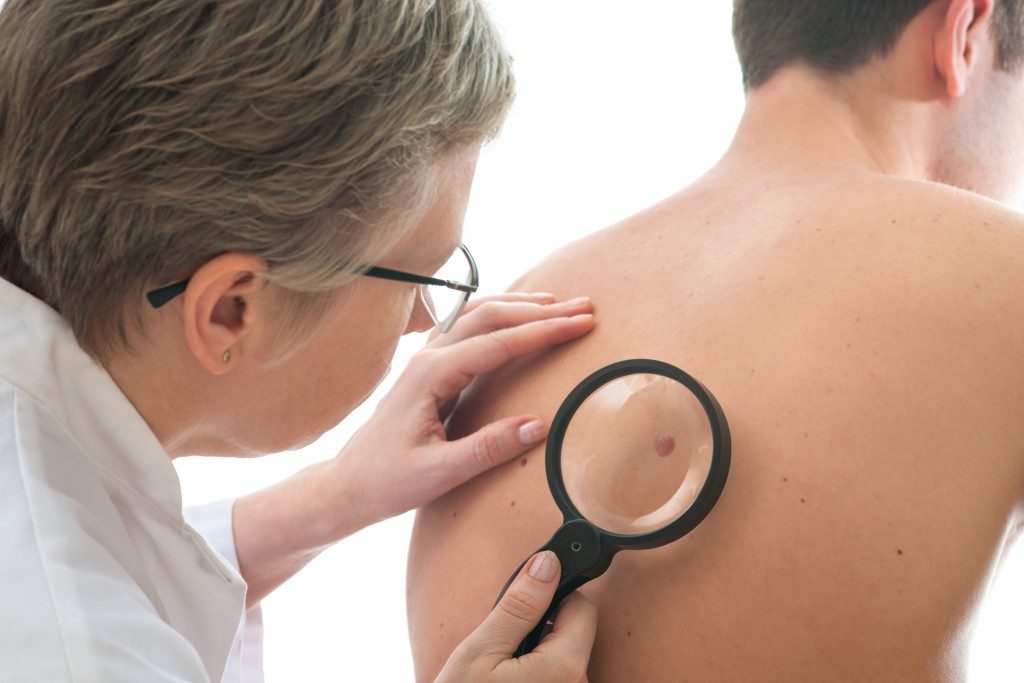What do Ashley Tisdale, Jennifer Aniston, and Barry Manilow have in common? Besides being celebrities, they also underwent a procedure to correct their deviated septum.
According to the Cleveland Clinic, an amazingly 33% of the American population has this condition. However, it might be minor to those who don’t develop other health issues.
But then, what is a deviated septum, and should you worry about it? How can procedures like septoplasty and scarless rhinoplasty in LA help?
What Is a Deviated Septum?
The deviated septum is a medical condition affecting the nasal septum. It is the cartilage and bone that divide the nostrils or the nasal cavity. As its term suggests, this division is crooked, making one side of the nose narrower than the other.
A deviated septum can happen for many reasons. Usually, it is congenital, or the baby might have suffered from a nasal injury at birth. If it develops later in life, it can be because of trauma, such as contact sports or vehicle accidents.
The severity of deviated septum can vary. Sometimes the problem is minor or mild that the person won’t even know it. In some situations, it triggers or worsens other health conditions:
1. Postnasal Drip
The nose produces a lot of mucus, which helps filter dust and microorganisms, such as bacteria. The body gets rid of it through the throat, but the process is seamless and extraordinary that it’s not noticeable.
However, a person with a deviated septum might produce excessive thick mucus. They can feel it passing through their throat. Worse, it can linger in the nose and mouth, increasing the risk of recurrent infection.
2. Sinus Infection
The sinuses are the hollowed areas found in the skull and connected to the nasal cavity. When its lining swells, it results in sinusitis. While it has many causes, one of the triggers is a deviated septum.
When one part of the nose is narrow, it can prevent proper blood circulation and increase the buildup of mucus. The latter creates an excellent environment for pathogens to thrive. When they multiply, they can travel toward the sinuses, irritating the lining.
3. Obstructive Sleep Apnea
Sleep apnea is a potentially life-threatening sleeping disorder characterized by moments of stoppage and pauses in breathing while asleep. In obstructive sleep apnea, the person’s throat relaxes, so the surrounding tissues close and block the airways.
A deviated septum doesn’t cause sleep apnea, but it can worsen shortness of breath. It can also lessen the effectiveness of an apnea treatment.
How to Correct a Deviated Septum

The primary treatment for a deviated septum is septoplasty, a medical procedure that corrects the alignment of the nasal septum. However, in several cases, this process can cause the nose’s disfiguration.
Thus, it’s not uncommon for patients to undergo rhinoplasty, which further improves the shape of the nose, with septoplasty.
There are many types of nose jobs, but two of the most popular are closed and open. In an open rhinoplasty, a surgeon creates an incision in the nose’s columella, which runs from the tip to the base, and then in other parts of the inside of the organ. It helps expose the nasal structure properly.
In a closed rhinoplasty, the doctor produces incisions only inside the nose, making the scars discreet. Moreover, since it is minimally invasive, the recovery period is faster. This procedure is ideal when the nasal problem is simple. Otherwise, open rhinoplasty is better.
While Americans can ignore a deviated septum, it might need medical attention when it causes or worsens health issues. Doing both septoplasty and rhinoplasty is one option.



